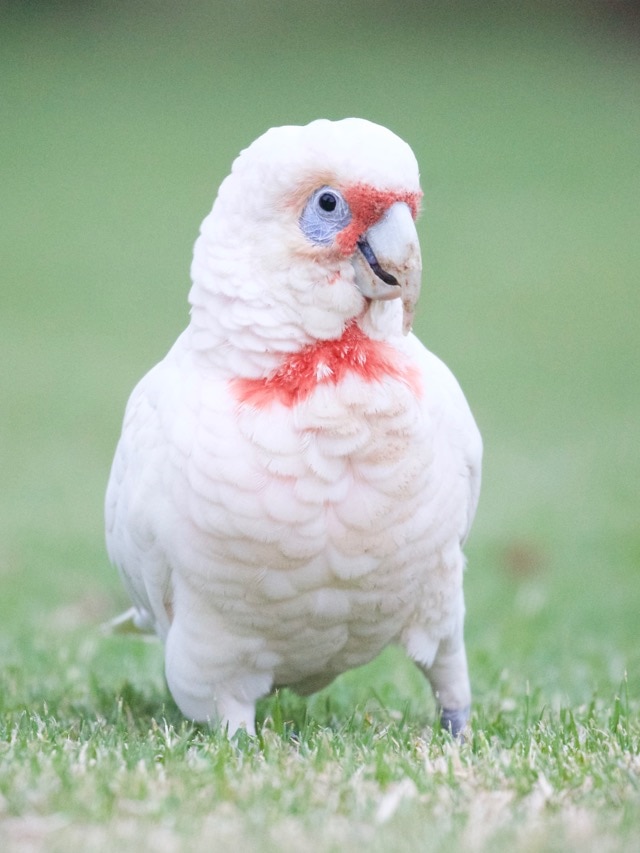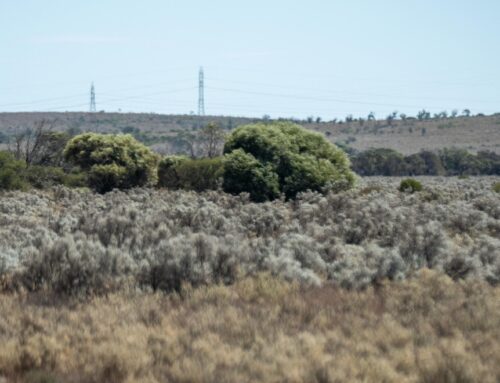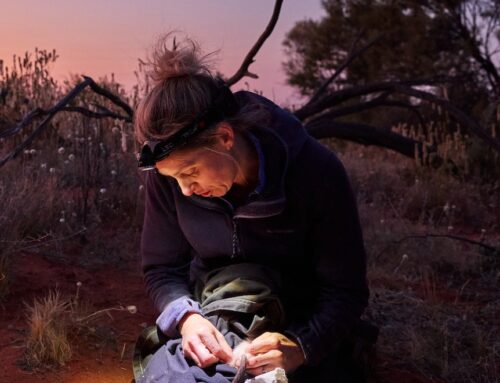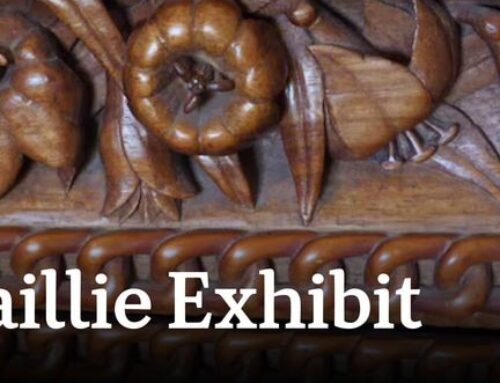Sporting clubs and a regional South Australian council are searching for a solution to damage caused by flocks of “intelligent” native birds.
Key points:
- Long-billed corellas travel to Mount Gambier at around Christmas each year
- Damage at the Blue Lake Sports Park has meant hockey and cricket games have had to be cancelled or moved
- The City of Mount Gambier says it’s yet to find a way to best manage the birds and the damage they cause
Each Christmas, corellas travel to Mount Gambier in the state’s south-east, and residents have noticed the size of the flocks increasing every year.
A favourite location for the birds is the Blue Lake Sports Park, a multi-sport facility in the town and home to its hockey association.
Its pitch is currently out of action after the birds ripped up the artificial turf surface.
Scarecrows are now in place to scare the corellas away, but Lower South East Hockey Association president Daniel Grosse said the damage had reduced the facility’s standing from one of the best in the state.
“Our turf is starting to look like a patchwork quilt and we do like to put ourselves out there as having some of the best facilities in hockey in South Australia,” he said.
“Right now, we’ve sort of gone from the top to the mid-tier very quickly and really looking to replace the turf in the next few years on the basis of that bird damage.”
Mr Grosse added it cost the association $10,000 to get the turf professionally repaired the first time corellas damaged it, however volunteers were now used to complete the work.
“It’s a real negative to us to have to cover it up so hence why we haven’t done it,” he said.
The hockey association received a grant from the City of Mount Gambier council for a net to cover the hockey pitch in a bid to curb bird damage.
In South Australia, councils were tasked with managing the birds and implementing control methods.
But, City of Mount Gambier infrastructure manager Barbara Cernovskis said the council was still trying to find the best solution.
“It’s a persistent problem,” she said.
“We have looked externally to another council with a program that they felt was going to be quite successful last year and we were a little excited about that.
“It turns out it wasn’t successful. It’s a collective problem for a number of councils and it’s a broader issue around the state.”
Smart birds seeking food
There are two types of corellas found in South Australia, little corellas and long billed corellas.
The long-billed variety were more prominent in the south-east and were protected by law, while little corellas were found closer to Adelaide and northern parts of the state.
Lower Limestone Coast district ranger Ross Anderson said mitigating corella damage was difficult because they were smart animals who learnt to find food quickly.
“Parrots and cockatoos are probably some of the most intelligent birds that you’ll find,” he said.
“Not only do they learn new information, but they’ll pass it on to other animals in the flock.
“As a species they do actually have a culture and can pass that information on to future generations.”




